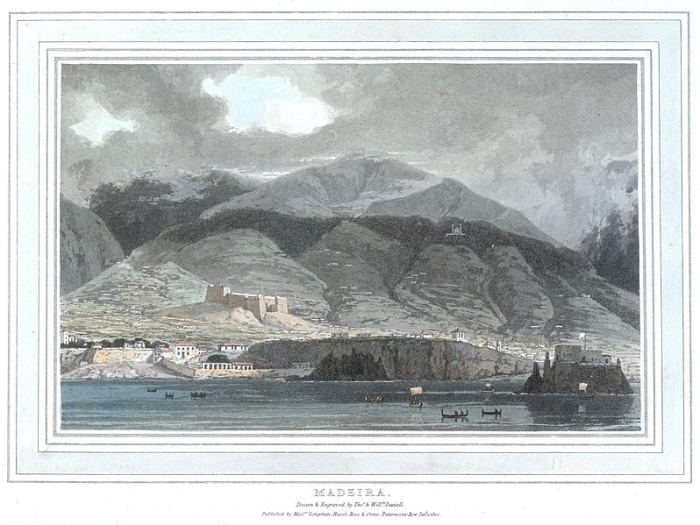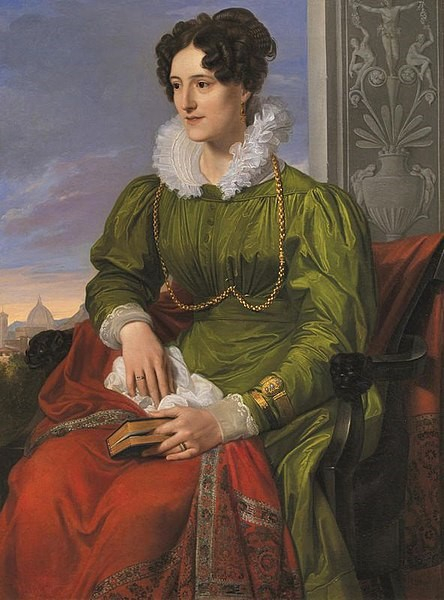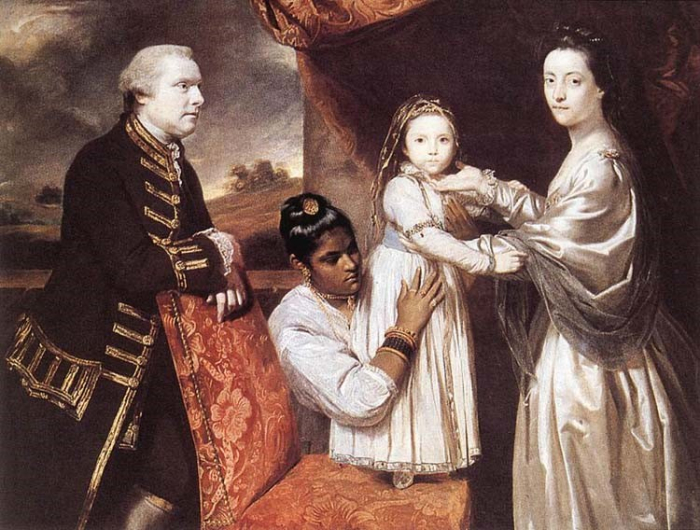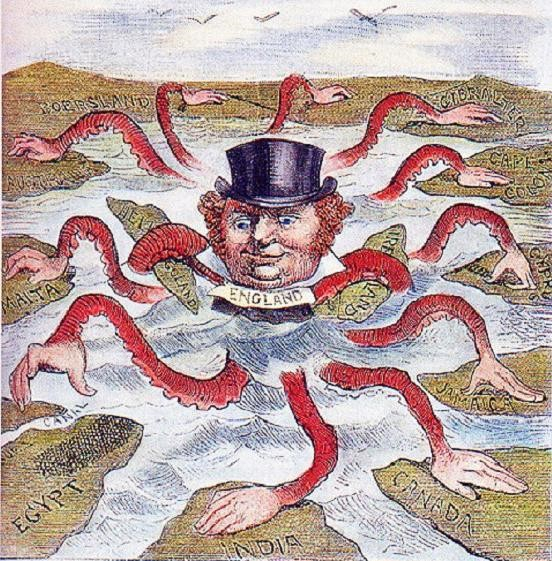

The art that is described by the artist in the form which will be visible to the human eye is called visual art. This type of art provides a soothing experience to the human through the sense of the eye. Visual art is a broad term to define the various types of art which are visible to humans. Visual art can be broadly defined into two categories
Traditional visual art includes painting, drawing, sculpture, graphic art, wall art, etc.
While the modern form of visual art uses technology to describe itself, this type of visual art includes video animation, films, holograms, etc.,
The human being is known for its distinctiveness and its natural right of expression, since the birth of civilization humans has always expressed themselves through visual art also.
Imperialism is not just a form of ruling with hard power but it also uses soft power to rule the subjects. The colonial master who came to India brought the visual art form to assert their cultural superiority over what they considered as “inferior Asian”.
Through the paintings and sculptures, the European colonizers tried to show their mighty power and attract the subjects to rule over their minds.
The Britishers in India have popularised the paintings and portraits of the king and queens. They also popularised oil painting in India. The royal families of the princely states in India have adopted this technology from them. The painting is another way of telling the glorious myths of the Britishers. Through the painting, the Britishers also popularised the ideas of the renaissance such as liberty, freedom, and woman dignity.
Picturesque is a type of landscape painting which depicts a landscape, a scene that has aesthetics, cultural values, and quaintness.
This type of picture art was introduced in Britain by the artist Wiliam Gilpin.
Gilpin also stayed in India for 7 years and extensively covered India. He has made many picturesque depictions of rural life as well as the past glory of India.

Madeira, from A Picturesque Voyage to India by Thomas and William Daniell
Thomas Daniell and William Daniell, Public domain, via Wikimedia Commons
Visual art of picturesque is not native to Britain but it was native to the artist of Italy. During the late renaissance year in Italy many artists such as Vasari, and Ridolfi contributed to this type of art.
Not only the picturesque paintings but another type of visual art that Britishers popularised in India is the portrait. The portrait is a strong way to tell the power of authority. The portrait is a type of art that depicts the person in the painting, the portrait is of a similar size to the person to make it look alike.
The portrait is another way of exerting the power of visualisation by the British colonisers on the Indian subjects. Looking at the influence of British portraits on the minds of people, the princesses of the princely states also started making their portraits depicting the pride of rule, masculinity, hunting, and other luxuries of the world.

Portrait of the Wife of a British Cavalry officer - Giuseppe Bezzuoli
Giuseppe Bezzuoli, Public domain, via Wikimedia Commons
The Britishers, through the portrait, try to assert their authority over Colonies as well as make Indians look inferior.

George Clive and his Family with an Indian Maid
Joshua Reynolds, Public domain, via Wikimedia Commons
The above portrait shows the richness of the Britishers and the subordination of Indians.
This is another form of visual art popularised by the Britishers in India. In this type of art, the historical events of the British empire have been depicted. This painting of history was drawn by British historians to highlight the victories of the British empire in colonies.
One of the most famous historical paintings of British India was the victory of the British in the battle of Seringapatnam in 1799, this is one of the major decisive battles in the history of India because it de facto exerted the power of the British in the Deccan plateau by defeating the Tipu Sultan the ruler of Mysore kingdom.
The imperial history painting by the British was a way to influence the mind of people both in Britain as well in India. For the Britishers, it was pride and valour of the victories of their people and in India, it was a sign of humiliation at the hand of foreign rulers.
This type of painting was initially famous during the 18th century and mid-19th century when the British consolidated their power by defeating one by one the powers of the Indian subcontinent.
The aim of the Britishers to come to India was purely imperialist. The Britishers wanted to increase their political, social, and economical influence in the country. The strategy of the Britisher was to exploit and advance the country. The British intelligentsia knew that they will not be able to rule solely based on hard power like the military. The British intended to rule over the mind of the people, and the only way to influence the mind of the people is through the use of art and literature, religion, education, etc.

American cartoon of John Bull (England) as an Imperial Octopus with its arms (with hands) in - or contemplating being in - various regions
See page for author, Public domain, via Wikimedia Commons
Visual art was also a tool of the British for their policy of expansion and exploitation. They exerted cultural power by introducing oil painting, picturesque, portrait, and history painting in India. The Britishers aim to use these arts as a depiction of their cultural superiority, military might, and religious supremacy. Along with visual arts, the Britishers exerted their soft power through the Christian missionary movements and English education.
The Idea of renaissances such as liberty, freedom, and dignity coupled with painting, descriptions, and art has influenced the young mind of the Indian upper middle class who has taken English as a medium of education. Thus Britishers were somehow successful in fulfilling their goal through art.
Q1. What was the policy of the Britishers in India?
Ans. The policy of the Britishers in India was the expansion and exploitation of the resources of India. The British industry and military power were growing repeatedly during its rule in India. To fulfil the demand for raw materials Britishers have exploited the agriculture of India. Apart from the raw material the Britishers also have geopolitical ambitions in India, the rising Russian empire was a threat to the British hegemony in Eurasia, to curb the Russian ambitions, the Britishers conquered and fortified the Northwest part of India.
Q2. What is the policy of the Subsidiary Alliance?
Ans. The policy of subsidiary alliance was introduced by lord Wellesley to bring the kingdoms of the Indian subcontinent into an alliance with the British. In the subsidiary alliance, the Britishers were allowed to station their forces in the territory of the princely state to defend the state at the expense of the state. The rulers need to have a British person in the royal court.
Q3. What are the steps taken by Britishers to improve women's position?
Ans.
Abolition of Sati(the regulation of 1829)
Preventing female infanticide
Widow remarriage act(1856)
Controlling child marriage
Education to women etc.
Q4. What are some socio-cultural movements during British rule?
Ans.
Brahmo Samaj movement by Raja Ram Mohan Roy
Partha Samaj
Young Bengal movement
Satyashodhak Samaj movement by Jyotiba Phule
Deoband movement
Aligarh movement etc.